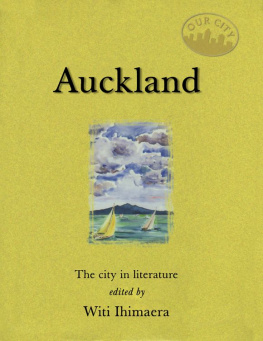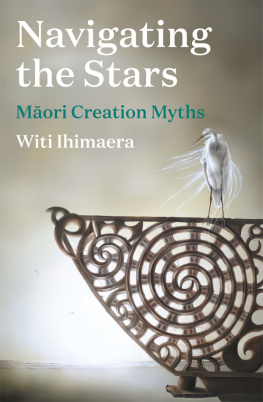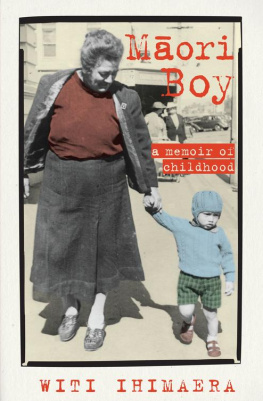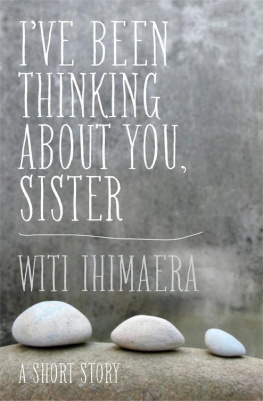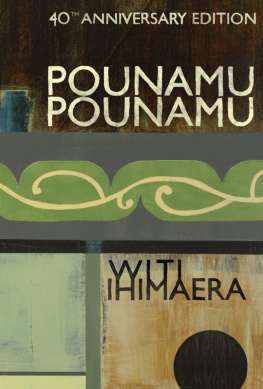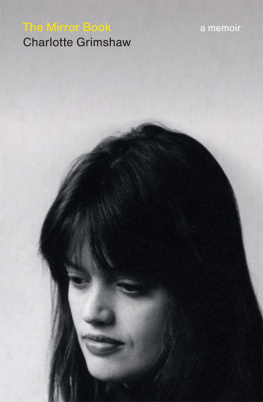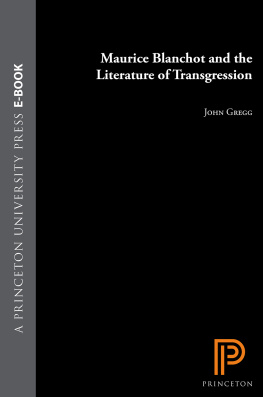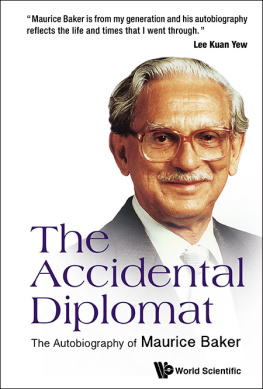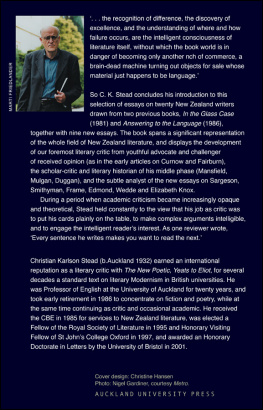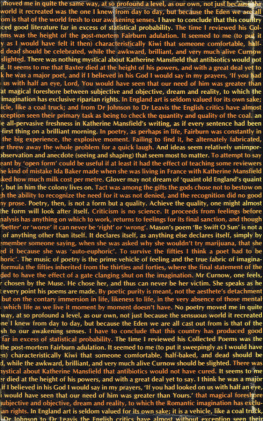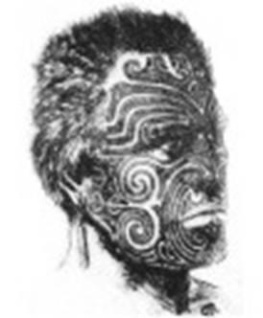T he Maori name for Auckland is Tamaki makau rau, often translated as Tamaki of a hundred lovers. Tamaki was a Maori chief who lived in the early 18th century, and his pa was on One Tree Hill. But the reference to the hundred lovers did not only refer to any personal vigour he might have had; it was also a reference to the place that took his name, Tamaki, and how this place, today known as Auckland, has always been desired by many.
Has it ever! From Maori times, when this isthmus built on 48 volcanoes was a crucial political hub fought over by various tribes until Ngati Whatua achieved domination, Auckland has become arguably the hub of all political, cultural and financial life in New Zealand. Its still the hub for Maori, with at least 70 percent of the population living north of the Bombay hills. Its had a long and vigorous history of Pakeha settlement dating from the 1840s, which has given Auckland a remarkable entrepreneurial personality and turned the city into the largest in the country; were actually four cities for the price of one (Auckland Central, North Shore City, Waitakere City and Manukau City). Not only that, but since the 1950s, Auckland has had a huge influx of Samoan, Fijian, Tongan, Tokelauan and Cook Islander populations which has made it the largest Polynesian city in the world, and certainly the most populous in the Pacific. Lately, with a fast-growing Asian presence, Auckland has become one of the great cities of the Pacific rim.
While the politics of the country might be decided in Wellington, Aucklands where the action is. The gateway for many international travellers, the City of Sails is today regarded as being one of the top ten cities in the world to live in.
And the prime minister lives in Mount Albert.

Its this quality of eclectic, anything goes, cosmopolitan, say it as it lays, flourishing exuberance that is reflected in so many of the pieces in this anthology. And its this same sense of daring, of personal exploration of the comedy of life of what its like to be born and live in Auckland that has made the compilation of the book so much fun. So many people have come to regard Auckland as their city, and we are so fortunate to have had such writers as John Logan Campbell, Bruce Mason, Frank Sargeson, James K. Baxter and Allen Curnow all of whom have work in this collection to begin writing about Auckland and Aucklanders. Campbell begins this collection with a glimpse of the Arcadian possibilities of Auckland from Poenamo (1881), Mason represents the North Shore at its Sunday post-war best in an extract from TheEndoftheGoldenWeather (1962) and Sargeson takes us to Parnell in an extract from MemoirsofaPeon (1965). These, our distinguished elders, wrote our landscapes into existence; they created the images of the Waitemata, of Devonport, of Parnell and, through Curnow, the ravishing visions of the wild West Coast, which established for us a way, in prose and poetry, to look at who we are and where we live. Just as you might visit the City Council offices and look at old plans of Auckland, our earliest Auckland writers similarly provide our first literary maps of the city. They are our literary birth records.
Indeed, much of the fun of compiling this collection has been in the construction of a literary map of Auckland. What kind of Auckland have our writers seen? Which of our historical events have become associated with Auckland as a city? What is our whakapapa, our genealogy? Auckland has been extremely lucky to have had established authors like Maurice Shadbolt, Janet Frame, Maurice Gee, C.K. Stead and Albert Wendt, among others, to write so magisterially about our city. Shadbolt must be the quintessential Auckland novelist; from the very beginning of his career, with TheNewZealanders (1959), he has been Aucklands foremost chronicler, creating the template for the historical novel that many of us since have tried to emulate without success. When you read his novels, you can smell Titirangi or the salt in the sea breeze coming off the Manukau. C.K Stead is also the iconic Auckland writer, ranging wider than Shadbolt with respect to genre. He is represented with an extract from TalkingAboutODwyer (1999) which, along with Maurice Gees extract from GoingWest (1992), seem to me to be as close up and personal to the West Coast as literature can get: Henderson has never had it better. Janet Frame has an extract from her luminous biography, AnAngelatmyTable (1984), which is actually about Frank Sargesons house, recently threatened by motorway construction. North Shore City Council, back off. Sargeson has become a sacred site and he is not to be despoiled.
Indeed, a case should be made by Aucklanders for the recognition of the contribution of our writers and artists to the mapping of the heart and intellect of our city. In London, I can remember how excited I was to see the various plaques on houses that had been lived in by Oscar Wilde or Samuel Pepys. Not that we need to go as far as the enthusiastic citizens of George Eliots work: on a visit to her home town, I discovered they loved her so much that the local pool parlour was called the George Eliot Billiard Saloon.
The established writers consolidate the representations of Auckland, but Ive left the best news till last.
Theres a marvellous crop of young Auckland writers and they are bringing a new sass, post-modern stylishness and superb hip-hop crunchiness to the whole business of articulating what Auckland is like in the 21st century. For some readers, Charlotte Grimshaws work will be a new discovery; she is represented with extracts from her up-front novel, Provocation (1999), and if you dont recognise yourself in her work, somethings definitely wrong. Diane Browns wicked sense of humour from ifthetonguefits (1999) perfectly captures, in my opinion, the artifice of Aucklands corporate society; going to the Auckland City Art Gallery may never be the same again.
Paula Morris in QueenofBeauty (2002) and Denis Baker in OnaDistantIsland (2002) are two authors who are so new that they are able to capture Auckland and Aucklanders as if they have just snapped us on a digital camera, the photographs instant and fresh. What makes their images so telling is that, like the work of Sarah Quigley, they are all the more sharp and incisive from having been set against expatriate experiences. You are sure to enjoy Morriss wonderful descriptions of Ponsonby Road and, God help us, St Lukes shopping mall, and youll find in Bakers walk around Tamaki Drive to Parnell an evocative rendering of the reality. Similarly, Peter Wells long career as an auteur in film sharpens the senses to Point Chevalier, and Steve Brauniass piece on Waiheke Island is surely a superb documentation of what must be one of the greatest secrets of the city, Waiheke Island itself. All of these joys of discovery and more are in this collection. Indeed, in all this multiplicity of stories, Tamaki remains the place of a hundred lovers and Auckland the place of a hundred stories. It is still the place desired by many.

